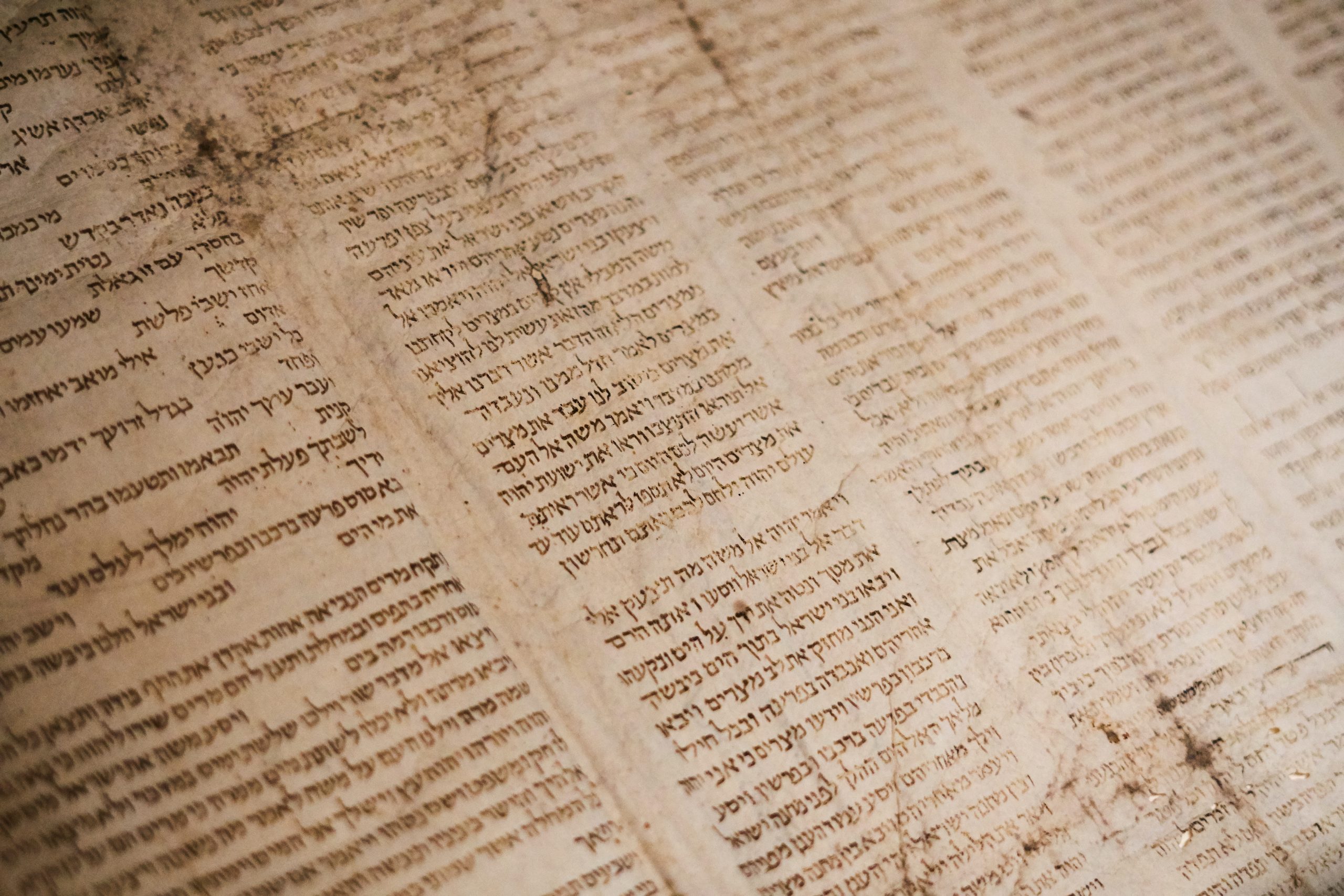With its profound exploration of racism, the quest for justice, and the journey toward moral growth, “To Kill a Mockingbird” serves as a powerful lens through which you can examine the complexities of the American South’s social fabric. This iconic novel, set against the backdrop of the 1930s, challenges you to confront uncomfortable truths about prejudice and ethical conduct. As you research into its pages, you’ll uncover vital insights into human behavior and the ongoing struggle for equality, prompting reflection on your own values and the society you inhabit.
Historical Context of the American South
Before delving into the themes of Harper Lee’s “To Kill a Mockingbird,” it’s imperative to understand the historical context in which the story unfolds. The American South in the early 20th century was marked by systemic racial injustice and deep-seated social divisions. You might find it enlightening to recognize the profound effects of the Civil War, Reconstruction, and the subsequent rise of white supremacy that shaped the societal norms of the time, creating an environment ripe for racial tension and inequality. In this period, the struggles of African Americans for recognition and equal rights were often met with hostility and violence, fundamentally influencing the narrative of the South.
Jim Crow Laws
An important aspect of this historical backdrop is the establishment of the Jim Crow laws, which enforced racial segregation across all public spaces in the South. These laws reinforced the notion of white superiority and systematically undermined the rights of African Americans. With your understanding of these laws, you can appreciate how they institutionalized discrimination, resulting in disenfranchisement and the erosion of social and economic opportunities for black citizens. The legacy of the Jim Crow era casts a long shadow over the events of “To Kill a Mockingbird,” serving as a critical component of the moral struggles faced by the characters.
Social Hierarchies and Racial Divisions
Alongside the legal framework established by Jim Crow laws, social hierarchies and racial divisions played a profound role in shaping the South’s cultural landscape. You will observe that communities were often completely segregated, with societal norms dictating the interactions, opportunities, and lives of individuals based on their race. This created a world where African Americans were marginalized, often portrayed through a lens of inferiority, while white citizens dominated both wealth and status, leading to a pervasive atmosphere of fear and oppression.
It’s important to highlight that these social hierarchies were not merely a series of laws but a complex web of cultural beliefs and practices that permeated every aspect of life. In your exploration of “To Kill a Mockingbird,” you may find that these entrenched divisions manifest in the characters’ behaviors and interactions, showcasing the struggles for respect and dignity amidst overwhelming prejudice. Understanding this environment enhances your grasp of the moral growth experienced by the protagonists, particularly in the face of such daunting challenges.
Themes of Racism in “To Kill a Mockingbird”
You will discover that the theme of racism is intricately woven throughout Harper Lee’s “To Kill a Mockingbird.” The novel vividly illustrates the pervasive nature of prejudice and discrimination in the American South during the 1930s. You will encounter the systemic inequality faced by African Americans, exemplified through the wrongful accusation of Tom Robinson, a black man accused of raping a white woman. In this context, you will see how societal norms and deeply ingrained stereotypes contribute to the unjust treatment of individuals based purely on their race. The characters in the novel, especially Atticus Finch, illuminate the moral challenges involved in standing against such prejudice, urging you to reflect on the importance of justice and the fight against discrimination.
Prejudice and Discrimination
By examining the actions and beliefs of various characters, you will gain insight into how deeply rooted prejudices shape their perspectives and interactions. The town of Maycomb serves as a microcosm of the broader societal issues, where racial tensions are palpable and often unchallenged. Through the eyes of Scout and Jem Finch, you will witness how these societal norms impact their understanding of morality and justice. As they navigate their childhood, you will realize the importance of questioning these prejudiced beliefs, as Atticus teaches his children to empathize with others and recognize these injustices.
The Impact on Innocence
Around the theme of innocence, you will find that the racial injustices depicted in “To Kill a Mockingbird” not only affect the adult characters but also deeply impact the children. As Scout and Jem confront the harsh realities of racism, you will see their childhood innocence gradually eroded. The trial of Tom Robinson serves as a pivotal moment in their lives; witnessing the blatant injustice and cruelty of prejudice opens their eyes to the complexities of human morality. This loss of innocence is not just a personal struggle for them but a reflection of the broader societal issues that plague the community.
Mockingbird characters such as Tom Robinson and Boo Radley symbolize the vulnerability of innocence in a world overshadowed by racism and injustice. The tragic fate of Tom serves as a harsh reminder of how systemic injustice can lead to devastating consequences for the innocent. Consequently, you are drawn to reflect on how societal pressures distort the notion of right and wrong, ultimately shaping the moral compass of individuals, especially children. Your engagement with these themes emphasizes the need for awareness, empathy, and moral courage in confronting the disparities that continue to persist in society.
The Role of Justice in the Novel
Some readers may find that “To Kill a Mockingbird” offers not only a critique of racism but also a profound commentary on the justice system in the American South. The novel portrays a community grappling with its values as it navigates complex issues surrounding race and morality. Through the trial of Tom Robinson, you witness how the court system often aligns with societal prejudices rather than upholding true justice. You may come to understand that the legal mechanisms intended to protect citizens can sometimes falter dramatically, leading to profound injustices that reflect the racial tensions of the time.
The Court System and Its Flaws
The trial of Tom Robinson stands as a glaring example of the flaws within the court system. Despite overwhelming evidence of his innocence, the biases of both the jurors and the community lead to a foregone conclusion of guilt based on the color of his skin. This situation highlights the extent to which racial prejudice infiltrates legal proceedings, raising questions about the fairness and impartiality expected from the judicial system. As you analyze these events, you may find yourself critically examining how societal norms and values can overshadow genuine justice.
Moral Ambiguity in Legal Proceedings
By delving into the legal aspects of the story, you encounter a landscape rife with moral ambiguity. The characters, especially Atticus Finch, embody the struggle for justice while grappling with their ethical convictions. The court’s decision-making process does not stand on solid ground but is instead influenced by community attitudes and long-standing racism. You see how Atticus’s commitment to defending Tom Robinson, despite knowing the likely outcome, fuels a broader conversation about moral integrity in a flawed system.
Legal proceedings in “To Kill a Mockingbird” emphasize the tension between the law and personal morality, where the objectives of justice may become clouded by cultural biases. As a reader, you recognize that the outcomes of such trials can significantly impact the lives of individuals and the community at large, often illustrating that justice is not merely about following the law but also about upholding ethical standards. This moral complexity leads you to ponder the effectiveness of a justice system that is inconsistent and often swayed by prevailing societal views.
Character Development and Moral Growth
Once again, Harper Lee’s “To Kill a Mockingbird” masterfully unfolds the theme of moral growth through the eyes of its young protagonists, Scout and Jem Finch. Their journey is not merely one of childhood innocence but a profound exploration of the complexities of human nature and societal norms in the American South during the 1930s. As you explore deeper into the narrative, you will witness how events surrounding the trial of Tom Robinson catalyze the characters’ evolution, challenging their perceptions of justice, race, and morality. This growth is particularly evident as they confront their own biases and experiences, guiding you to reflect on the broader implications of their realizations in a society fraught with injustice.
Atticus Finch as a Moral Beacon
For many readers, Atticus Finch embodies the moral compass of the story, providing a steadfast example of integrity and compassion. As a single father and defense attorney, his efforts to uphold justice in the face of overwhelming prejudice serve as a powerful reminder of the importance of standing up for what is right. You will find that Atticus not only encourages his children to cultivate empathy but also embodies the values he instills in them, showing that the fight against injustice is an ongoing battle that requires courage and resilience. His unwavering belief in the goodness of people and commitment to truth serves as a vital lesson for Scout and Jem, as well as for you, urging you to cultivate your own moral fortitude in the face of adversity.
Scout and Jem’s Journey to Understanding
Beacon in this narrative is the gradual shift in understanding exhibited by Scout and Jem as they navigate their childhood, punctuated by poignant moments of awakening to the realities of racism and inequity in their community. Throughout the story, they are thrust into situations that reveal the stark divide between their innocent worldview and the harsh realities of adult prejudices. This contrasts their previous naiveté and highlights the necessity of confronting uncomfortable truths. As you follow their journey, you are encouraged to reflect on your own experiences with understanding different perspectives and the moral implications of your choices.
In fact, Scout and Jem’s evolving perceptions aptly illustrate the loss of innocence that accompanies the quest for knowledge and understanding. They grapple with their disdain for people like Mrs. Dubose, only to discover the complex nature of courage and human struggle. Their interactions with figures such as Calpurnia, Tom Robinson, and Boo Radley serve as enlightening lessons that shape their budding values. You will find that through these experiences, they begin to grasp the significance of empathy, justice, and the fight against systemic prejudice, thereby enriching your understanding of moral growth in the context of societal challenges.
Symbolism of the Mockingbird
Your understanding of the symbolism of the mockingbird is necessary to grasping the deeper themes inherent in Harper Lee’s classic novel, “To Kill a Mockingbird.” The mockingbird represents the idea of innocence and the need for protection from harm, serving as a powerful metaphor for the vulnerability of individuals who do no wrong but often suffer unjust punishment. Within the narrative, the act of harming a mockingbird symbolizes the moral decline of society and the repercussions of racism and prejudice, highlighting the need for empathy and justice in a world that frequently ignores these values.
Innocence and the Harm of Unjust Harm
With the depiction of the mockingbird, you encounter the fragile nature of innocence within the lives of the characters who embody this symbolism. The tragic consequences of unjust harm teach you that taking away innocence, much like killing a mockingbird, is a profound moral failure. Characters such as Tom Robinson and Boo Radley serve as poignant reminders of how societal flaws lead to the victimization of the innocent, prompting you to reflect on the inherent responsibilities of individuals to protect those who are vulnerable.
Characters Embodying the Mockingbird
To fully appreciate the mockingbird’s symbolism, you must observe the characters that embody its essence. Tom Robinson, an African American man falsely accused of raping a white woman, embodies the mockingbird because he stands for righteousness and innocence in a society steeped in discrimination. Similarly, Boo Radley emerges as another representation of the mockingbird; his character symbolizes the misunderstood and the persecuted, challenging the prejudices of the townspeople through acts of bravery and kindness that ultimately reveal his true nature.
In addition, the character of Scout Finch also showcases the journey from innocence to moral awareness. As she navigates her childhood understanding of the world around her, her perspectives evolve, mirroring the novel’s overarching themes. The mockingbird serves as a powerful lesson in how society treats those who are innocent and expresses the importance of protecting the vulnerable. By reflecting on these characters, you gain a deeper understanding of the broader implications of morality, justice, and the enduring pursuit of empathy within your own life.
Lasting Impact and Legacy
All of us experience echoes of the past in our present lives, and this is especially true when it comes to enduring works like “To Kill a Mockingbird.” You may find that Harper Lee’s portrayal of racial injustice and moral dilemmas continues to resonate deeply, prompting discussions about racism and justice in your communities today. As you navigate through modern narratives of equity and humanity, you can appreciate how this novel not only reflected the complexities of the American South during the 1930s but also established a foundation for examining social issues that persist. The lessons learned from Scout’s childhood and Atticus Finch’s wisdom can enhance your understanding of moral growth and empathy in today’s context. Reading this novel becomes vital, allowing you to engage with the delicate nature of societal values in an increasingly divided world.
Cultural Relevance Today
Below, you will find that “To Kill a Mockingbird” remains a powerful lens through which to view the ongoing discussions about justice and inequality. Your awareness of the historical injustices highlighted in the novel enables you to see parallels in contemporary events, such as police brutality, mass incarceration, and the fight for civil rights. When you reflect on the challenges faced by characters like Tom Robinson, you can better understand the intersection of race, class, and morality that influences various facets of society today. This story encourages you to examine your own beliefs and behaviors concerning tolerance and understanding, urging you to contribute positively to the dialogue around race and justice.
Educational Importance
Legacy is about recognizing the significant role that “To Kill a Mockingbird” plays in education. You might find that it is often included in school curricula to provide insight into ethical dilemmas and encourage critical thinking around moral integrity and social justice. The novel not only inspires enriching conversations in classrooms but also encourages young readers to contemplate questions about fairness, empathy, and humanity that are vital for their moral development. This educational focus extends beyond its literary value, providing a framework for understanding complex human behaviors and injustices.
To understand the legacy of “To Kill a Mockingbird” fully, consider how it shapes your views and discussions on race and justice in modern society. By engaging with this novel, you develop vital skills for navigating the world around you and cultivating a deeper understanding of compassion and responsibility towards others. Its ongoing significance in education serves as a reminder of the importance of literature in shaping your values and guiding your moral compass as you face today’s challenges.
To wrap up
Summing up, “To Kill a Mockingbird” serves as a profound exploration of racism, justice, and moral growth in the American South. As you navigate through the narrative, you witness the deep-seated prejudice that permeates the community of Maycomb, revealing the complexities of human behavior and societal norms. The experiences of Scout and Jem Finch, shaped by the injustices they observe, challenge you to reflect on your own perspectives about race and morality. Their father’s unwavering commitment to justice, despite the overwhelming odds, encourages you to engage with your own beliefs and values, prompting a critical analysis of what it means to stand up for what is right in an unjust world.
Additionally, you find that the characters in the novel are intricately crafted to showcase the multifaceted nature of humanity. Through these portrayals, the story highlights the necessity of empathy and understanding within a fractured society. As you examine deeper into the themes of the book, you are invited to confront difficult questions about your personal responsibility towards justice and equality. Ultimately, “To Kill a Mockingbird” not only enlightens you about historical contexts but also challenges you to foster moral courage in your own life, reinforcing the enduring message that change begins with individual conscience and action.
source link eu news





















